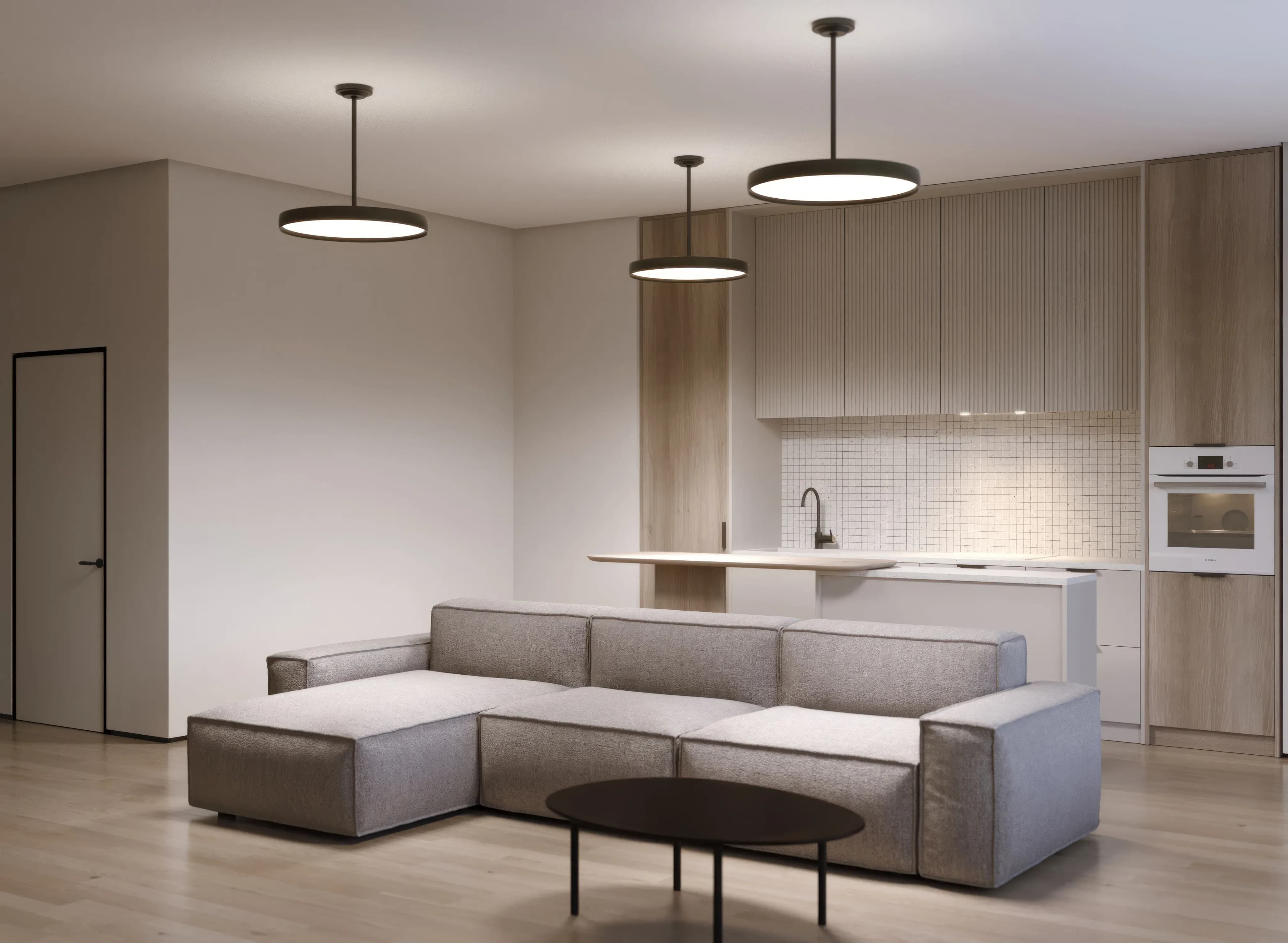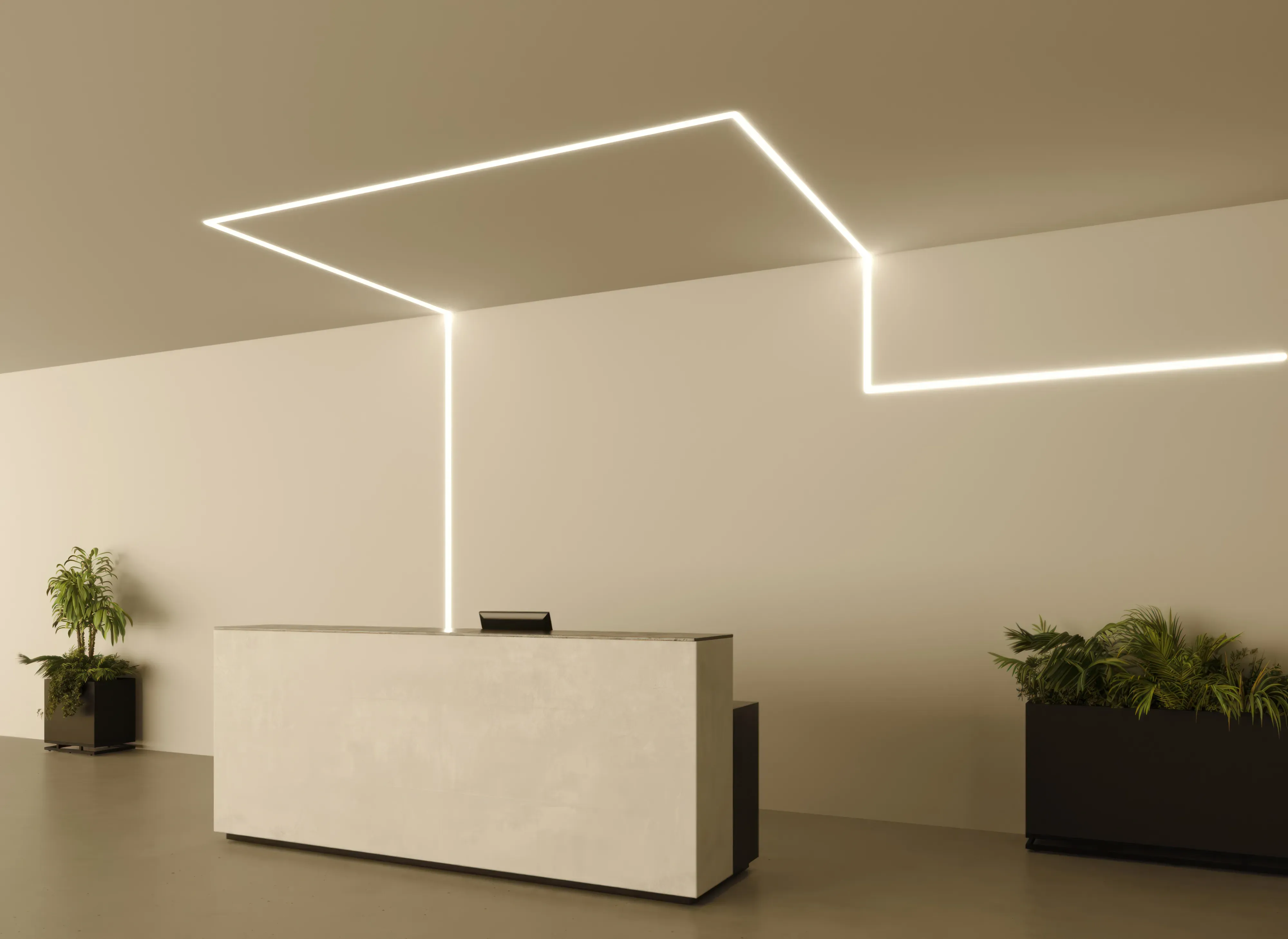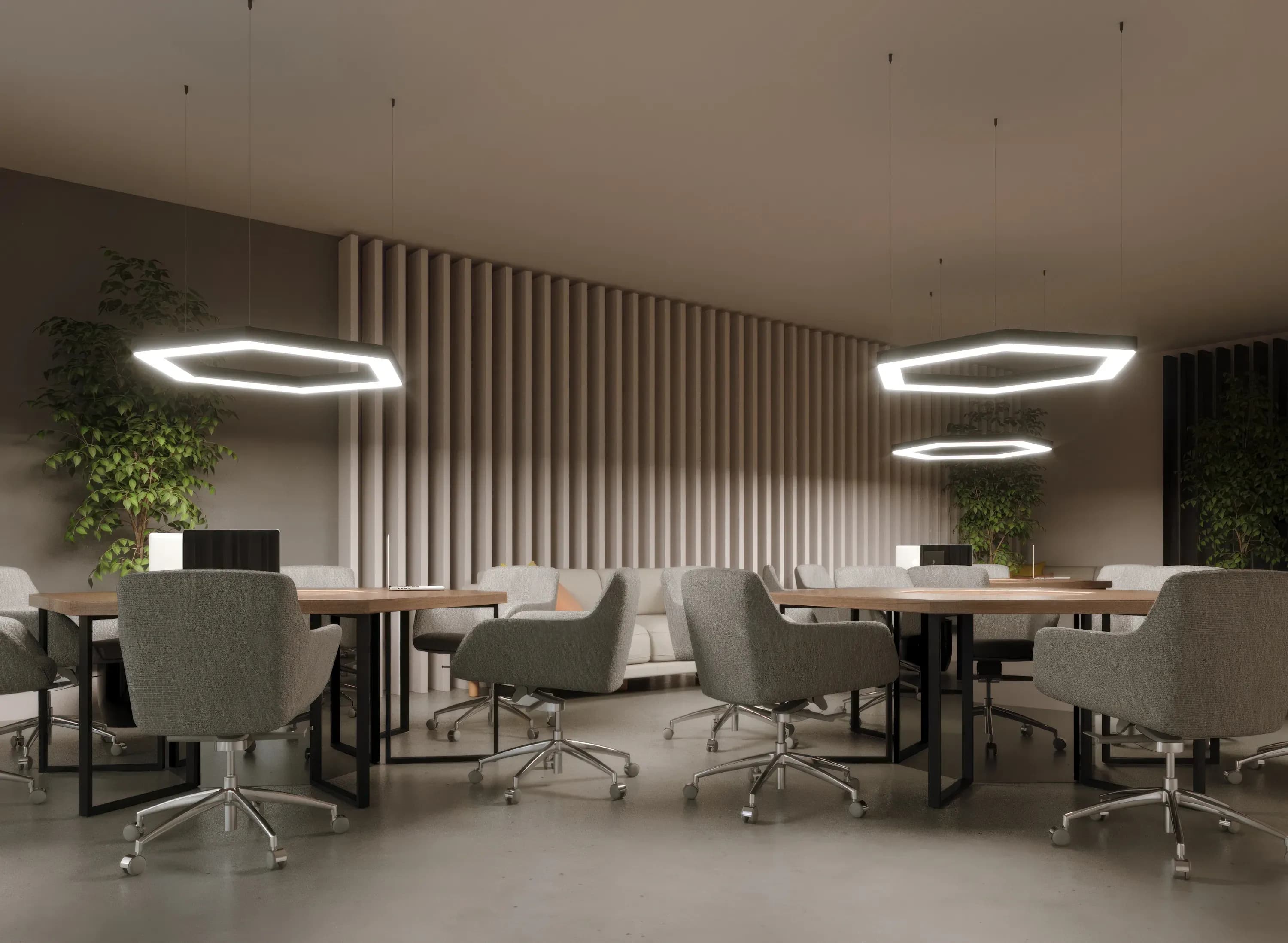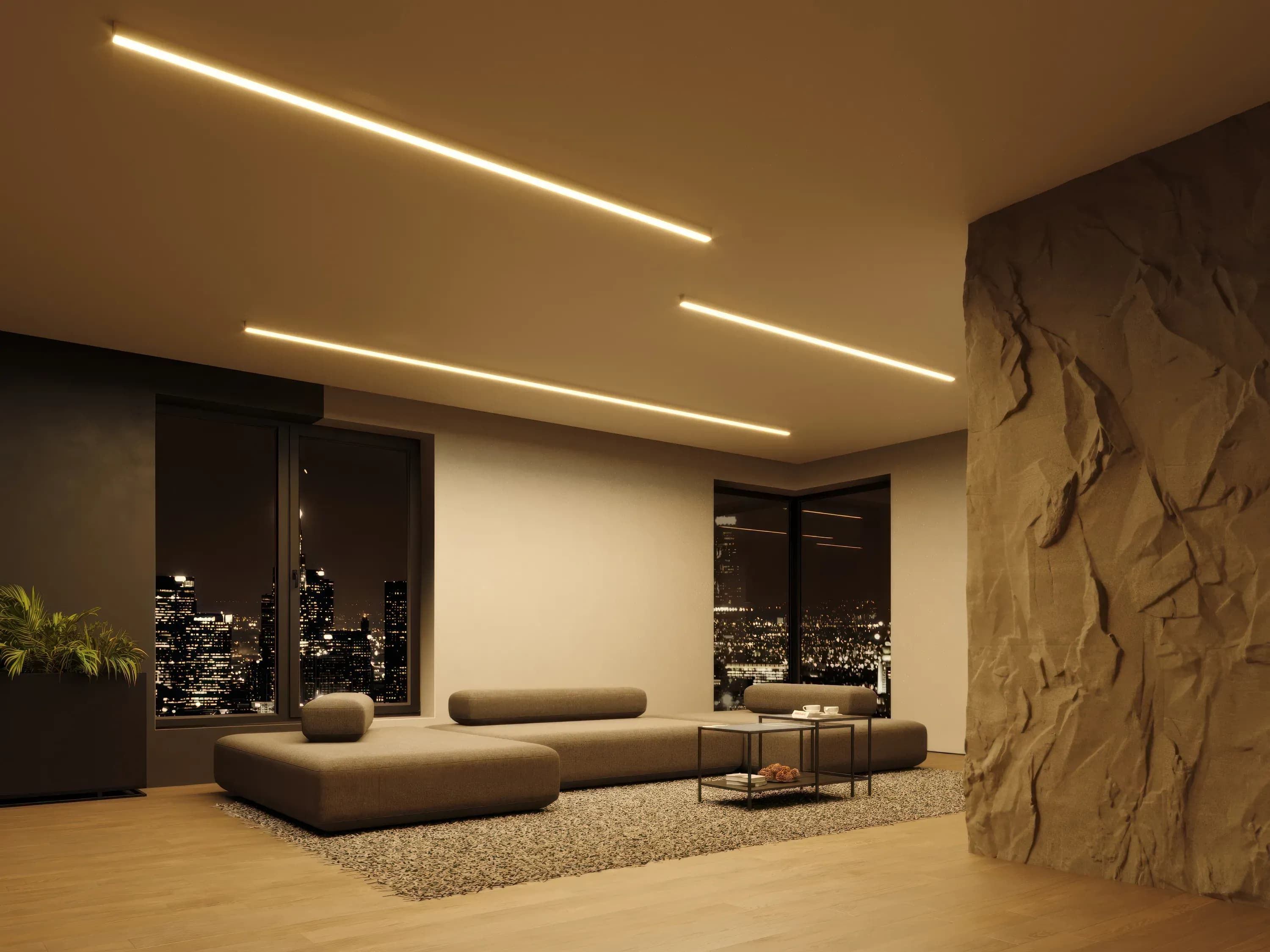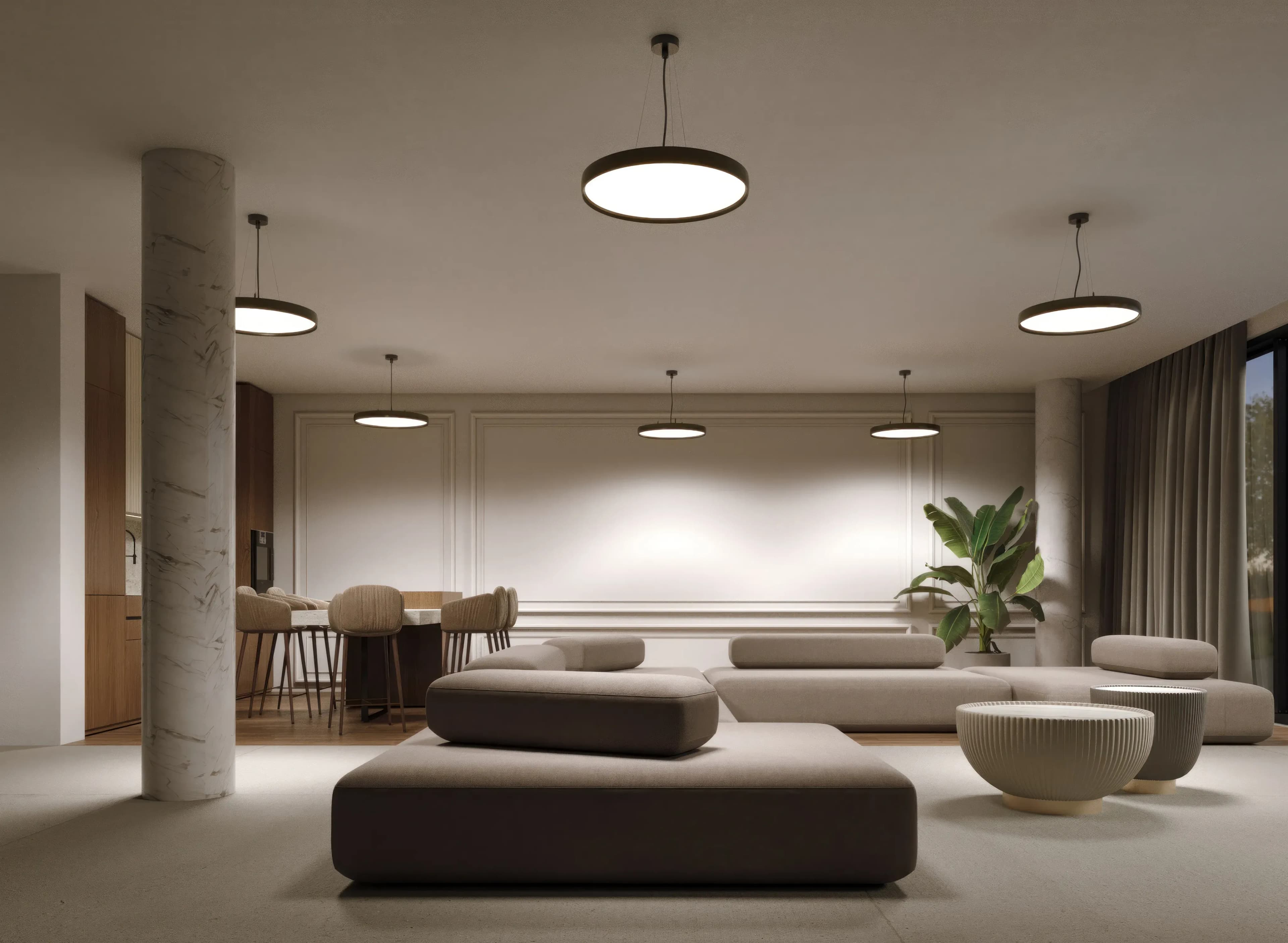
In today's highly competitive retail landscape, attracting customers and creating a memorable shopping experience is crucial for the success of any business. One effective way to achieve this is through innovative retail store lighting. The right lighting can enhance product visibility, highlight key areas, and evoke specific moods to captivate customers. In this blog post, we will explore some creative and cutting-edge retail store lighting design ideas that can help boost your business. From dynamic lighting displays to interactive lighting installations, we will delve into strategies that can transform your retail store into an inviting and captivating space. Let's dive in and discover how lighting can make a significant impact on your business! ## The Importance of Proper Retail Store Lighting Retail lighting encompasses all light sources used to enhance visibility and highlight products or areas within a store. The lighting choices made for a retail store play a significant role in the overall merchandising strategy. Well-designed and effective lighting not only guides customers to key areas and sets the desired ambiance but also has the potential to attract and engage shoppers, resulting in longer shopping durations. Proper retail store lighting is crucial for creating a positive in-store experience, influencing the perception of items, and influencing the flow of customer movement throughout the store. Additionally, the lighting for showrooms contributes to the overall atmosphere, making the store more inviting and comfortable. It also presents an opportunity to express the store's brand identity and differentiate itself from competitors. Research shows that light directly impacts our mood, with a significant portion of sensory information being received through our eyes. Therefore, the importance of thoughtful lighting design should not be underestimated, as it can attract potential customers and enhance their shopping experience. Neglecting to strategically utilize lighting can result in missed opportunities for boosting sales. ## Office Lighting Design Ideas ### Allow More Natural Lighting When designing a specialized lighting system for a store, it is crucial to take into account how the materials used inside the store will affect the lighting. By selecting the appropriate colors and finishes, it is possible to reduce reliance on artificial lighting. For instance, if white walls and ceilings are chosen, the light will be intensified. However, if the goal is to create an intimate and elegant atmosphere, opting for darker tones would be more suitable. In this case, additional strategically placed lighting points may be necessary. It is also important to consider the impact of natural light on the space. Many stores now incorporate large windows to allow natural light in, but it is necessary to be mindful of the effects on color temperature. Natural light tends to have a blue tint, which contrasts with the warmer temperatures of LED lighting and incandescent sources. In order to keep the focus on the products, it may be beneficial to light the window from the front with a cooler color or adjustable lighting with variable intensity. ### Consider Lighting Contrast as Your Friend A successful strategy for making a product stand out and maximizing the impact of the entire store can be achieved by utilizing contrasts. By using light to create alternating areas of darkness and brightness, you can direct the lighting to specific areas where you want the focus. Contrasts not only add depth to the store but also allow customers to better perceive the products. They also provide the opportunity to create different levels of attention for different items. Lighting points or tracks can be used to create contrasts and define focal points where brightness is concentrated. Since the first impression of a store is often formed by its windows, focal points and contrasts are particularly important in this area. ### Opt for Energy-Efficient & Eco-Friendly Lighting Architects and interior designers are highly conscious of energy conservation due to economic reasons and increased awareness of environmental sustainability. LED technology is an ideal choice as it provides exceptional energy efficiency and durability. From an ecological perspective, LED lights contribute to a greener future as they do not contain toxic elements like mercury. Moreover, retail LED lighting fixtures are recyclable, which significantly reduces their carbon footprint. ### Use the Right Brightness A light source's brightness is measured in lumens, while its color temperature is measured in Kelvin. By adjusting brightness and color temperature, retail stores can achieve different effects. A cozy atmosphere is created by lower brightness levels and warmer color temperatures, while higher brightness levels and cooler color temperatures create a brighter atmosphere. It depends on the type of products being sold, whether to emphasize brightness or color temperature. Clothing stores, for example, may use lower brightness levels and warmer color temperatures to enhance the beauty of their merchandise, while electronics stores may use higher brightness levels and cooler color temperatures to draw attention to their products. ### Don't Focus on Lighting Spots Instead of solely focusing on lighting that targets specific products, consider incorporating backlighting across larger areas and entire shelving units. This innovative approach will not only create a sense of allure and captivate customers but also provide a more immersive and visually stunning shopping experience that they will remember long after leaving the store. By strategically placing backlights, you can enhance the overall ambiance and highlight the unique features of each product, enticing customers to explore and engage with the merchandise. This thoughtful integration of backlighting will undoubtedly elevate your store's aesthetic appeal and leave a lasting impression on shoppers, making it a worthwhile investment for your business. ### Highlight Window Displays Window displays are an essential component of your store's visual merchandising strategy. It is crucial to enhance your window displays with innovative and attention-grabbing lighting techniques in order to make them truly stand out and leave a lasting impression on potential customers. Combining spotlights, linear lights, or LED strips will not only add depth and drama to your displays but also enhance their visual appeal. By implementing these techniques, you will be able to effectively capture the attention of passersby and entice them to step into your store, increasing the chances of converting them into loyal customers. ## Lighting Fixtures for Retail Stores ### Surface Mounted Surface-mounted fixtures are visible and typically installed flush against the ceiling or wall. They are commonly utilized in entryways, hallways, and bedrooms. Another type of surface-mounted fixture to consider is round lights, such as the Round Series offered by Centerlight (link: https://centerlight.com/product/round-series). These round LED lights for shop ceilings can add a stylish and modern touch to your retail store, enhancing the overall aesthetic appeal and providing effective illumination. ### Pendant The pendant light is a fixture that hangs from the ceiling and is commonly used for general lighting, task lighting, or to illuminate display tables and counters. They are particularly suitable for tall ceilings as the cables can be adjusted to the desired length for optimal illumination. Pendant lights serve multiple purposes in a retail store, providing overall illumination and enhancing the visual appeal of specific areas. Another option to consider is linear lights, such as the Linear Series offered by Centerlight (link: https://centerlight.com/linear-lights). Linear lights can provide a sleek and modern lighting solution for your retail store, adding a touch of sophistication and effectively illuminating larger areas or displays. ### Recessed Recessed lighting fixtures, as the name suggests, are installed above the ceiling, creating a sleek and minimalistic look. They are commonly used in high-end stores but can benefit any retail store. These fixtures are ideal for ambient, task, and accent lighting, allowing you to highlight specific products or merchandise displays by focusing the beam of light onto the desired area. They are also adjustable, with options to pull them down or use panel-style fixtures. Depending on the chosen light bulb, recessed lights can offer dimmable lighting options, providing flexibility in creating the desired atmosphere in your store. ### Track System Track lights can be a great option for directing light from your ceiling towards your floors. They are mounted to and protrude from the ceiling, pointing directly downward. This allows you to illuminate hallways or the central area of a room. Track lights have a sophisticated and artistic feel, but it may be necessary to seek assistance from an electrician for proper installation. ## Conclusion Incorporating innovative retail store lighting techniques can significantly impact the success of your business. By strategically utilizing lighting to enhance visibility, create ambiance, and highlight key areas, you can attract and engage customers, ultimately boosting sales and creating a memorable shopping experience. From utilizing natural lighting and creating contrasts to opting for energy-efficient fixtures and highlighting window displays, there are numerous shop light ideas you can implement to transform your retail store into an inviting and captivating space.
